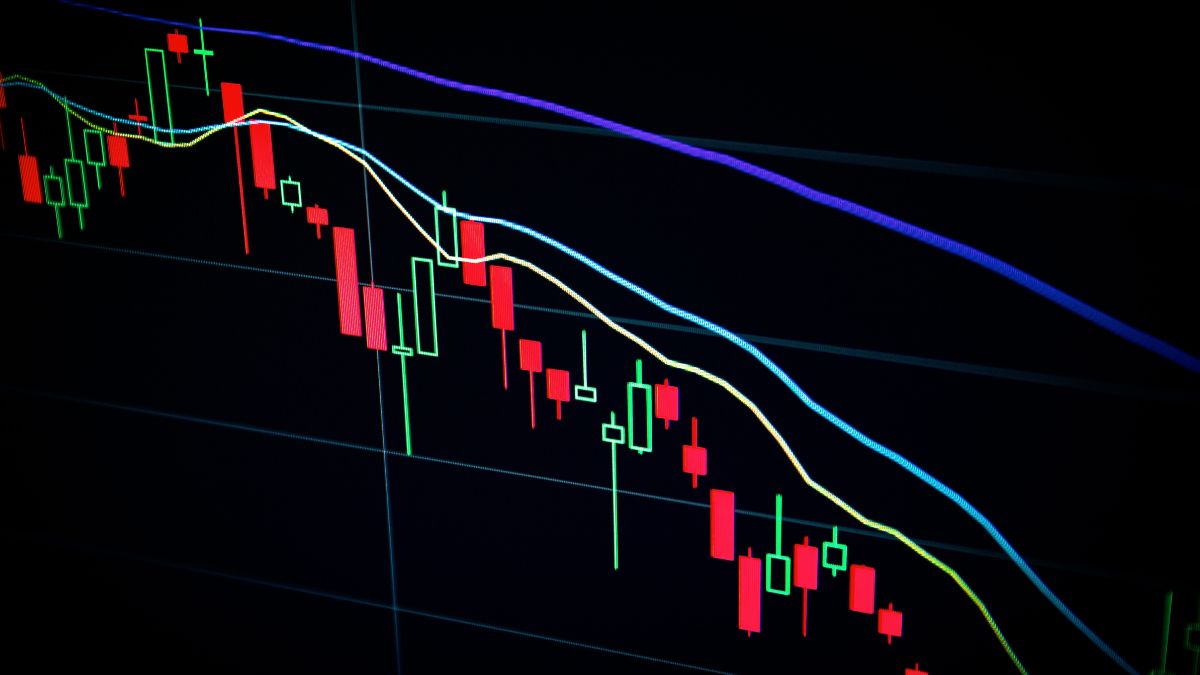Over the last 3 years, India has seen an exponential increase in online trading activity. From just 40.9 million in March 2020, before the Covid-19 outbreak, the number of demat accounts surged to cross 112.54 million in March 2023. The advent of online broking, superior internet penetration and work-from-home culture during Covid lockdowns brought a new set of investors to equity investing. Many of these investors are first-time investors and traders who transact very frequently and want to be efficient and hence look to book profits by selling their shares and derivative positions.
As per the new guidelines issued by the market regulator Securities and Exchange Board of India (SEBI) last year, starting October 2022, all brokerages must transfer unused funds back to the customer’s bank account once every quarter as part of the new account settlement (AS) process.
What are Liquid ETF and Why Invest in Them?
Liquid ETF is a type of financial instrument which invests in liquid and short-term financial instruments. They invest in very short-maturity instruments such as money market instruments, and overnight low-risk securities. Also, there is no credit risk, as it tracks RBIs overnight rate as a benchmark based on Triparty REPO (TREPS). Like other ETFs, they are traded on stock markets during market hours. They can be used for trade margin requirements. Since they are liquid, most brokers accept these units for extending margins against them.
When one sells shares, the sale proceeds are credited T+1 days after the trade is executed. This means funds are available a day after sale transaction. Instead of letting the fund remain in the trading account, a better approach for traders would be to immediately invest the sale proceeds in liquid ETFs on the date of settlement. In this way, traders can start receiving returns on investments from the date of the settlement itself without assuming much risk. Also, traders can instruct the broker to buy or sell liquid ETFs to fund the purchase of future transactions as and when required. As a result, liquid ETF can be a quick and relatively safe source to ensure traders’ idle credit balance also generates return from the date of settlement till the date of liquidation allowing retail investors to optimise capital to generate further profits. Another advantage is that in case of any short-term contingency, these Liquid ETF can be sold easily on the spot market and readily converted back into cash for further usage. As of April 25, the three and six-month return of ICICI Prudential Liquid ETF was 6.3% and 6% respectively.
All the 3 Liquid ETFs available currently in India, endeavour to maintain a constant NAV by having only a “daily income cum capital withdrawal” plan in which a dividend is declared daily of the gains/income accrued. Since NAV remains constant, no short term capital gain comes into play. Some Liquid ETFs reinvest this dividend, and fractional units are issued against it, which also can be sold through the broker. The challenge with fractional units is that it is operationally cumbersome for the investor. On the other hand, ICICI Prudential Liquid ETF credits the investor’s bank account every month with the dividend accrued. In both cases, the NAV does not appreciate much. The dividend income, however, is taxable in the hands of investors.
Given the nature of the product, liquid ETF have lower expense ratios and are relatively cheaper. Also, they carry no securities transaction tax (STT) or custodian charges. ICICI Prudential Liquid ETF scores higher in this context as it has an expense ratio of 0.25%, which is the lowest in the liquid ETF universe.To conclude, traders can consider liquid ETF to enhance their overall returns without compromising on their trading requirements.
(Chintan Haria, Head investment Strategy, ICICI Prudential AMC. Views expressed are author’s own.)

